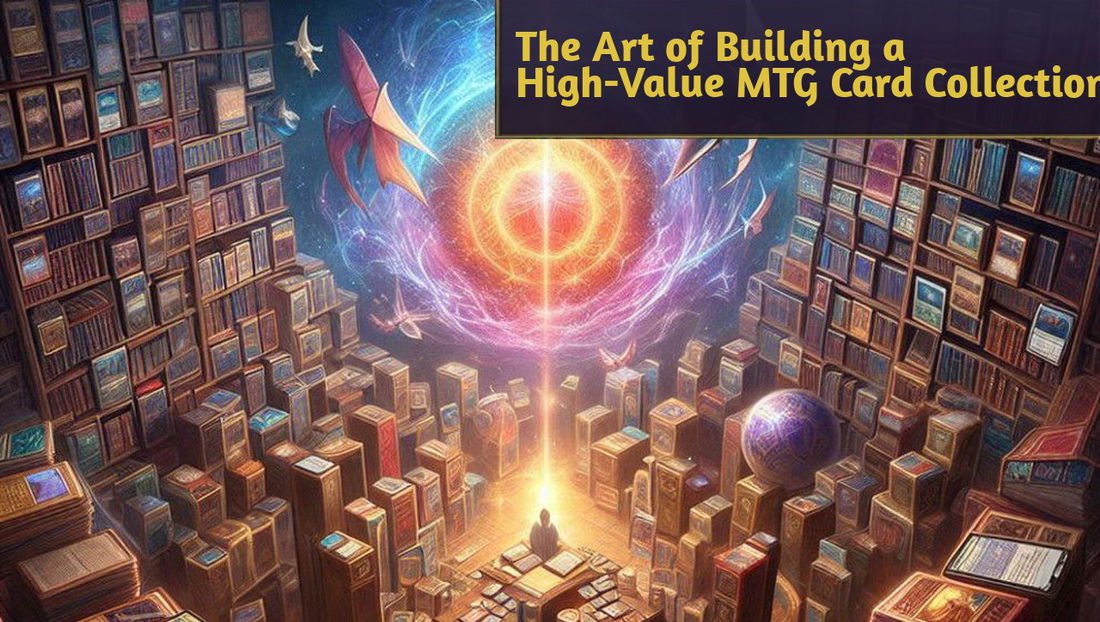Game payments and monetization models are nothing like they used to be – where one would need an entire dollar to buy a specific amount of character power or item, now they can simply make purchases via microtransactions with their top cryptocurrency of choice. The first payment approaches, like P2P (Pay-to-Play) arcades and subscription-based massively multiplayer online (MMOs) titles like World of Warcraft and World of Tanks, have laid the foundation for today’s industry. But with the rise of free-to-play games like Candy Crush, Fortnite, Valorant, and League of Legends, and the consequent possibility of making microtransactions, gaming as a pastime has become more accessible and worthwhile to a larger audience. This advancement in monetization has pushed developing teams to look beyond creating content that prompts upfront purchases and into offering experiences that encourage gamers to return.
Microtransactions and live-service games
The live-service game type is so popular that it is now one of the biggest gaming markets worldwide. In essence, it refers to games that are constantly updated rather than being a one-time hit, and that can foster novelty via new features, cosmetics, events, levels, or story content. Think of Destiny 2, Genshin Impact, and Fortnite, to name a few titles in this category; while having been around for ages, they’ve demonstrated how a game can prosper years, or decades, after its release if it rekindles interest through new content drops. Microtransaction sales are also part of the package of new installments and upgrades that foster user engagement. In plain English, games that keep evolving and earning money continuously now rank among the most important and lucrative parts of the gaming market.
Live-service games are financially more stable compared to games that rely only on one-off sales, and from the user POV, they’re also more appealing since they guarantee an evolving landscape with more and more sophisticated and fun experiences.
Games already come with cross-progression and cross-platform, as developers come to grips with the importance of cultivating as much engagement as possible across mobiles, consoles, and laptops. The flip side of the coin? Burnout, content fatigue, and other issues and conditions that stem from excessive playing. These are real concerns, and they clash with the crowdedness of the market. Studios are realizing that success depends on a combination of user-respectful monetization and careful update deployments; otherwise, gamers flock to the next game hit.
All-you-can-play and subscription-based models
Games, music, news, videos, health services…literally everything can today come in a subscription form. This model has evolved into an economy that rewrites the rules of ownership and consumption, making individuals owners of everything – and of nothing, at the same time. Subscription models are experiencing startlingly rapid progress, building on the achievements of services like PlayStation Plus, Xbox Game Pass, and others, which have expanded massively, offering multiple titles for value-oriented gamers. “Netflix of games” is what many see in the Game Pass – players pay a recurring fee (usually monthly) to access a large library of games, rather than purchasing each game individually. Nevertheless, this calls for some empathy for developers and game title-holders, who may need to struggle with the long-term impact of this trend.
In short, cloud gaming eliminates hardware-related barriers and may make subscription models increasingly attractive to users, prompting a significant shift from traditional retail representation.
$100 AAA models
The traditional model of buying a game once is being questioned as hit titles like GTA Grand Theft push pricing to new heights. After the shift to $70 from $60 for base games, some publishers and analysts are now openly considering the possibility of even higher prices in 2025 and the upcoming year. A helpful example? The action-adventure title that’s about to break out as the eighth main Grand Theft Auto title, Grand Theft Auto VI. According to expert Matthew Ball, the hefty price tag of $100 is to be expected for the game, marking a break above the $70 model and possibly establishing a pattern of higher prices. Understandably, the audience is in a tailspin now, but this doesn’t mean that enthusiasts won’t pay to play their favorite game. Piracy attempts might be a natural consequence, though. Grand Theft Auto: San Andreas was $65 when it was released, and if you were to adjust it for today’s inflation rates, it would likely reach $100. Have customers disappeared? No. Instead, piracy levels skyrocketed, making this blockbuster title one of the most pirated games ever. Despite the fact that it wasn’t even that well-liked.
A recent survey from N-iX Games found that only around three in ten players would pay $100 for a standard-quality game, with the majority remaining either reluctant or expressing opposition. Critics draw attention to the fact that many AAA releases already reach similar figures, whether through “early-access” packs or premium editions, and don’t deter buyers as many would expect. The risk is that customers will counterattack, charging that much for the base edition – openly, publicly, and via fightback actions. This repulsion is all the more evident when it comes to flagship franchises like GTA.
“Free-to-play” and hybrid monetization
The boundary between free and premium games wanes more and more; many titles that used to require upfront purchases to unlock access to new features or levels now have DLC or in-game purchases, while free-to-play games focus on fair play instead of recurrent pay. Interestingly, a majority of around 57% of developers now admit to be creating premium, pay-upfront games, showing that traditional sales remain viable.
At the same time, almost as many studios are exploring free-to-play models or hybrid approaches, with the rise of “hybrid-casual” gaining the most traction among casual players. This entails games that fuse classic gameplay loops with ad-based monetization or voluntary acquisitions. Designing monetization has become a specialized skill in itself, with studios prudently balancing engaging gameplay and revenue strategies to keep gamers invested and devoted over the long term.
There’s a combination of heightened excitement, fun, innovation, mystery, and justifiably so, controversy in the future of gaming. Are you in for the ride?









— 评论 0
, 反应 1
成为第一个发表评论的人